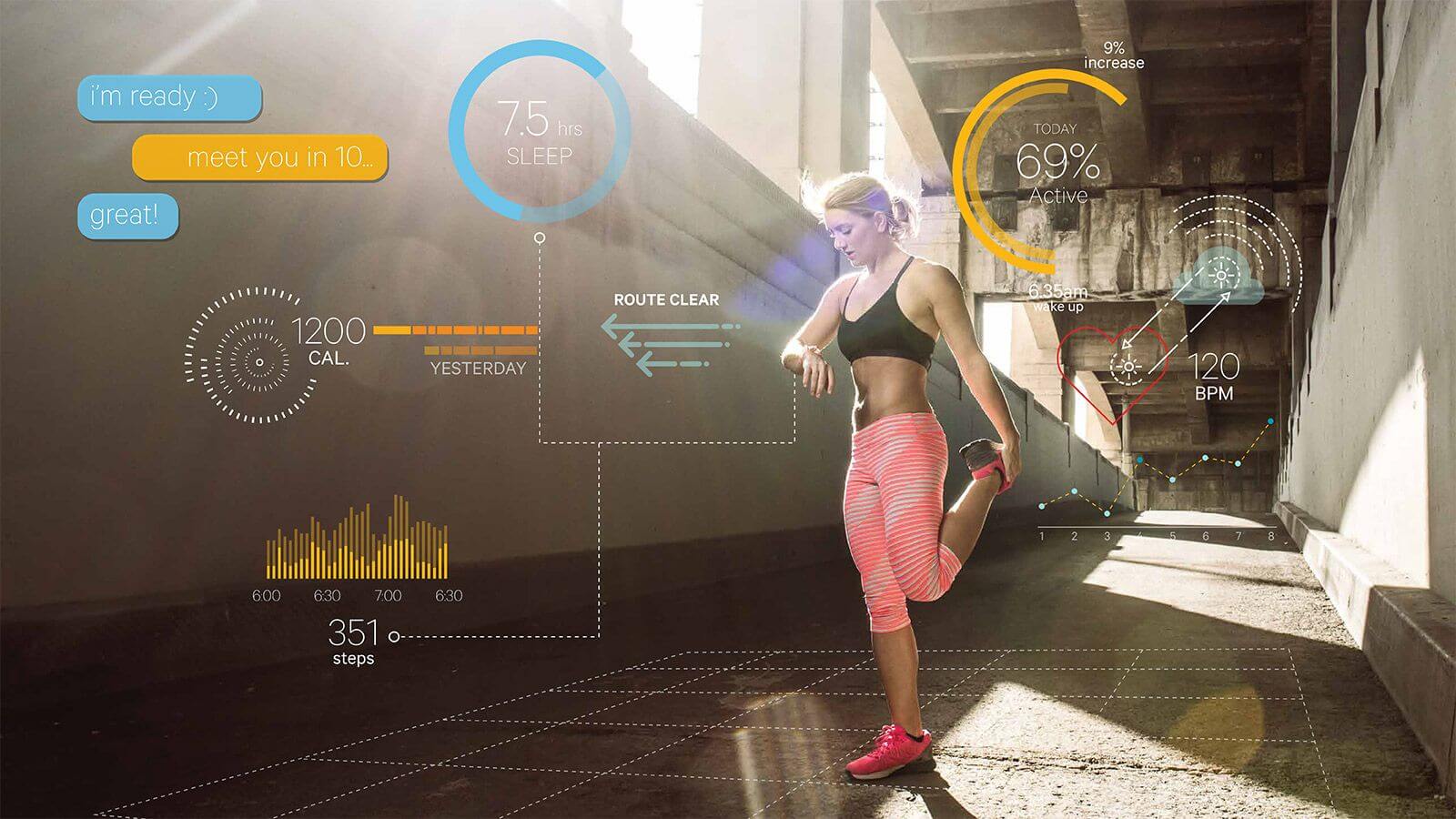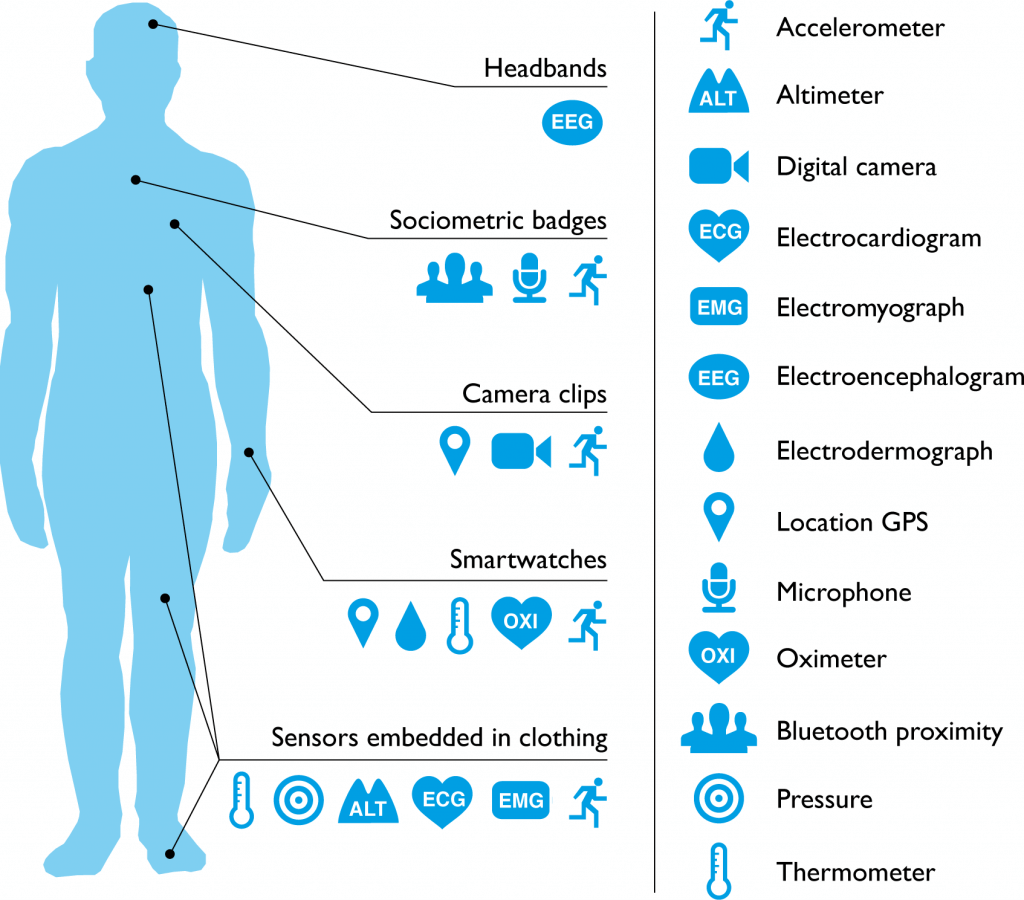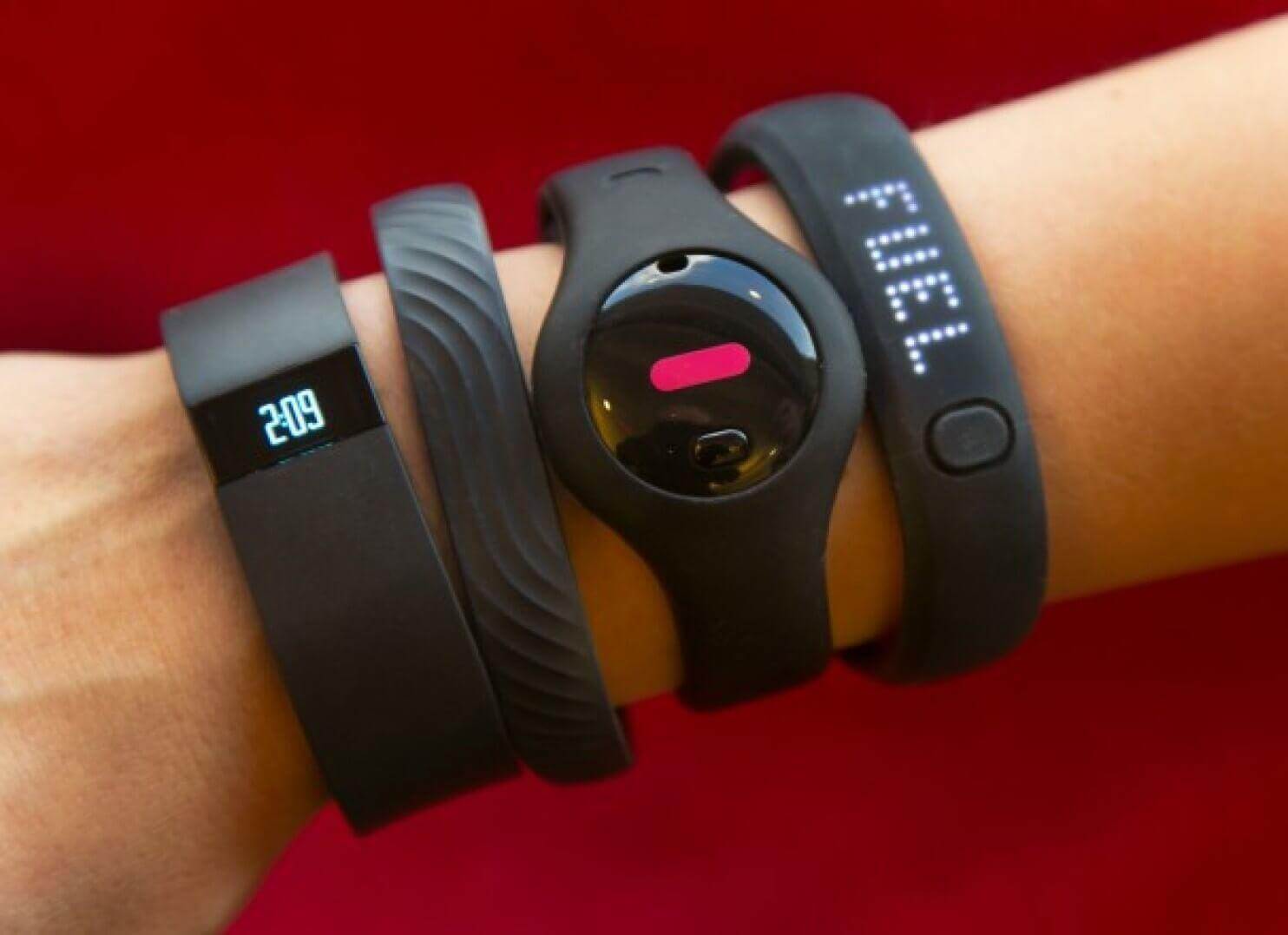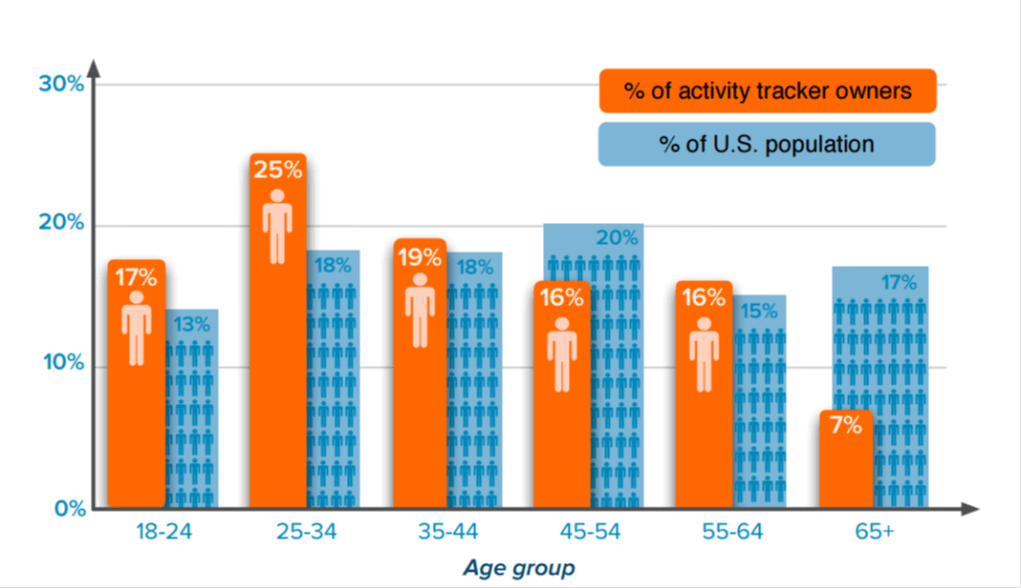Wearable devices have the potential to undo much of the good created by corporate health programs over the decades. It is a highly concerning trend.
Every day our WellSteps sales experts are asked how employers can use wearable devices to track employee behavior. Sure activity tracking can be fun, but the undertones of this request extend way beyond fun to downright troubling.
Senior leaders, consultants, and brokers are interested in physical evidence that employees have actually done the things required to earn a wellness incentive. To prove the accuracy of their physical activity, employees must wear a device that tracks their daily movements.

If the device reports a sufficient amount of activity, the employee is verified and qualifies for the incentive plan. Put another way, these devices are being used in a way to sniff out dishonest employees.
Granted, some of these incentives are fairly significant so it is understandable why leaders would want some assurance that employees are actually doing what they are reporting.
But this can all go down a slippery slope really quickly. In the past few years, WellSteps has dealt with a variety of problems that wearable devices can cause. Here are just a few real-life examples we’ve had to deal with.
RELATED: Wearables and Wellness Programs: The Complete Guide
Wellness and Wearables Example 1
Some companies now require employees to install GPS location monitoring apps. The idea is that these apps can verify when employees are actually exercising at a fitness center or gym thus making it easy for employees to get credit for physical activity and for employers to verify attendance.
But technically this app can tell the employer where that employee spends every other minute of the work day as well. For example, how much time was spent in the office or chatting down the hall or even in the bathroom. What about out of the office behaviors?

The same tracker that verifies gym attendance could also determine which employees have been to the liquor store, the smoke shop, the casino, a competitor’s workplace, or use your imagination.
When employers use wellness tools to start acting like private investigators, the corporate health programs industry has a problem.
Wellness and Wearables Example 2
A large coal mining company initiated an aggressive corporate health program. This employer checked out the same Bluetooth enabled device to each worker every day.
After getting their device, employees would enter the facility past a computer device that automatically scanned their wearable device and clocked them in. But there was more.
The employer used the activity data from the device to determine who met physical activity targets. Those that did earned a substantial wellness incentive. In this particular case, the employer did not have access to the wearable data but a corporate health vendor did and routinely shared it.
This case was a cause to question: How was even possible to be a coal worker and not get adequate physical activity every day? It would be difficult understand this approach if the employees were sedentary but coal workers?

This is a job that requires plenty of physical activity every day! Organizations that require their employees to use a wearable device to validate their physical activity send a very clear message to their employees.
The message is that “the management of this organization does not trust you.”
The message is that “the management of this organization does not trust you.” If used in this way, wearable devices become just another type of polygraph or drug test. It’s okay for employers to offer small incentives for healthy employee behaviors, but if the verification process creates distrust, it may be time to re-think the entire approach.
RELATED: Wellness Company: Why Every Company Must Become One Now
Wellness and Wearables Example 3
It is difficult to verify who is and who is not using tobacco in an accurate but non-obtrusive way. Each company must to decide if and how to verify tobacco use if at all.
But requiring employees to wear a GPS device to determine purchases at the local smoke shop is probably not a good strategy. And yet this is precisely the strategy that many employers want to deploy in an effort to verify physical activity. The potential for abuse is enormous.
I cannot imagine how a corporate health program structured like this could ever produce positive outcomes. Corporate health programs, like every other business process does not do well in an oppressive, distrustful work environments.
Certainly as the demand for systems that monitor employee data increases, the potential for employer abuse and subsequent litigation laid at the feet of the wellness industry increases as well.
Certainly as the demand for systems that monitor employee data increases, the potential for employer abuse and subsequent litigation laid at the feet of the wellness industry increases as well. There is no question that wearable devices have a dark side. In the wrong hands, the data they produce can create substantial privacy and litigation issues.
They have the potential to create the level of intrusion into our private lives that only weakens employee trust and loyalty. Used the wrong way, wearables can destroy employee morale.
RELATED: 4 Ways Insurance Brokers Offer Wellness Programs to Employers
Wearables and Corporate Health Programs: What Do We Really Know
There are a few things that we know for sure about wearable devices. Wearable devices have the potential to transform our current healthcare system and the way individuals monitor and manage their own health.
Currently, wearable devices are being used to do a variety of things including monitoring heart rate, sleep, blood oxygen, brain waves, body temperature, and a host of other human parameters. This chart sums up the various data tracking that is currently being done with wearable devices.

Twenty years ago, pedometers were all the rage. They included a mechanical pendulum that moved each time a step was taken in order to track step counts.
Pedometers were soon replaced by accelerometers that did same thing but more efficiently and tracked movement in three dimensions. Most of today’s wearable devices are essentially accelerometers that are way more sexy.
The data from wearable devices can be used to create a wide array of charts and graphs. Manufacturers of wearable devices promote them as unquestionably capable. Capable of monitoring everything from menstrual cycles to mole detection and everything in between.
Unlike pedometers and accelerometers, hopefully wearables will not become just another fad. But, will become viable tools to help people adopt and maintain healthy behaviors.
They are very good at tracking movement, estimating calories expended, measuring temperature, heart rate, and even blood oxygen. Wearable devices are both valid and reliable measures of medical data and they are getting better all the time. This is why they are so popular among individuals who are already physically active.
The strength of these devices is in their ability to monitor and report data. The weakness of these devices is their inability to significantly alter human behavior.
Then, What’s The Benefit?
Before every device manufacturer on the planet sends complaining emails, please don’t stone the messenger. Researchers have examined the impact of wearable devices on the improvement of health behaviors.

Summaries of these papers suggest that there is little to no evidence that they improve behavior long-term. This makes sense because wearable devices are monitoring and tracking devices.
Unless they are integrated into serious behavior change strategies such as:
- removal of barriers,
- changing environments,
- having a reason to change,
- evaluation of pros and cons,
- self-efficacy,
- getting motivation from intrinsic benefits and many other strategies,
… they will remain extremely good data monitoring and tracking devices – and that’s it.
There are very few randomized controlled studies, and of the studies that have been published the consensus is that more than half of U.S. consumers who have owned an activity tracker no longer use it. One third of these consumers stopped using the device within six months.
Another study showed a 75% dropout rate after 30 days. Even more problematic is the fact that the majority of people who use wearable devices are under age 44.
This suggests that most wearable devices are being used by the “already fit”: they just want help tracking and monitoring their activity. This group of individuals may already be getting all the benefits of an active lifestyle.

How the Best Corporate Health Programs are Using Wearables
If we don’t use wearable devices to prove compliance with healthy behaviors, then how do we verify that our employees are actually doing what they say they are doing? There are many ways to encourage employee compliance without monitoring their daily movements and activity.
WellSteps has many clients that require the completion of a a particular item before they can earn an incentive. This requiremtn might be a biometric screening or personal health assessment or a behavior change campaign .
RELATED: Top 9 Biometric Screening Companies
Rather than require employees to wear a device, they have made it easy for employees to do healthy things by allowing them to take a picture or fax a copy of a screening or other report.
Better yet, sometimes our customers give us a list. These lists consist of employees who have completed a screening or attended a class and we can automatically give the employee credit.
Because of our WellSteps platform, we already know who has completed a personal health assessment or behavior change campaign so this is easy not only for the employee but for the employer.
WellSteps has hundreds of clients and many use wearable devices as part of their corporate health programming. Used correctly, they can be part of a successful wellness effort.
WellSteps has hundreds of clients and many use wearable devices as part of their corporate health programming. Used correctly, they can be part of a successful wellness effort.
For example, in the Get Your Move On campaign, all employees have a wearable device. Employees form teams that compete with other teams to reach certain levels of physical activity.

The wearable devices enable accurate reporting of employee physical activity data because the data are uploaded and instantly compiled in a way that teams can see where they stand. Employees love this approach and the devices provide a level of consistency and accuracy that would not be possible if activity were self-reported.
RELATED: Wearables and Well-being Programs: The Complete Guide
Because the devices makes it easy to accurately track data, social interaction, competition, and peer support are all enhanced. These principles are all critical pieces in the long-term behavior change process that are enabled by wearable devices but brought to life by creative programming.
Yet, There Is More
Wearable devices can also be used to report personal activity data in the right way. WellSteps has developed an activity and incentive tracking platform called Rewards. To get credit for certain corporate health and wellness activities, employees can self-report or sync a wearable device or smart phone app.
This makes it easy for employees to track and report physical activity. This may sound like another poor use of wearable technology, but its not. In this case employees are not required to have a device. They can voluntarily self-report activity or sync their device and let the technology do the reporting.
The primary difference is that this method does not call into question employee honesty. The device is not used as a polygraph proxy; instead it is simple a data tracking tool.
The choice is theirs. The primary difference is that this method does not call into question employee honesty. The device is not used as a polygraph proxy; instead it is simple a data tracking tool. Many employees enjoy the simplicity of automatically syncing activity data.
So What’s Next?
More and more employers are asking corporate health program vendors to enable wearable devices to track employee activity levels and movements. Some of these employers want concrete proof that their employees are telling the truth about their health behaviors.
Currently, wearable devices are effective at tracking and monitoring activity but they are not effective behavior change tools. They may be in the future, but they are not there yet. Using wearable devices to punish employees is not a good long-term approach.
So in order to create corporate health programs that are supported positively by wearable devices, discover how WellSteps can help you do just that. Schedule a free demo with our team at this link and let us help you take that next step.

Frequently Asked Questions
What are corporate wellness programs?
Corporate wellness programs refer to health promotion activities or policies that support positive employee health and behavior. From medical screenings and health education fairs to fitness programs and healthcare memberships, there are plenty of ways that companies can foster a culture of good health with a wellness program. Learn more about how WellSteps helps companies create corporate wellness programs.
How do I start a corporate wellness program?
To be effective, when you start health contingent wellness programs, you should do two things well. First, the program should help improve the health of all employees, especially those with elevated health risks. Second, the program should help the healthy employees stay healthy.
When you create a wellness program make sure you have employee input. Communicate the program well. Offer rewards instead of penalties. And, provide the tools necessary for employees to improve their health. Make sure that the organizational culture is ready for a wellness program. Discover how WellSteps can help you with your wellness program with a free demo with a member of our team.
